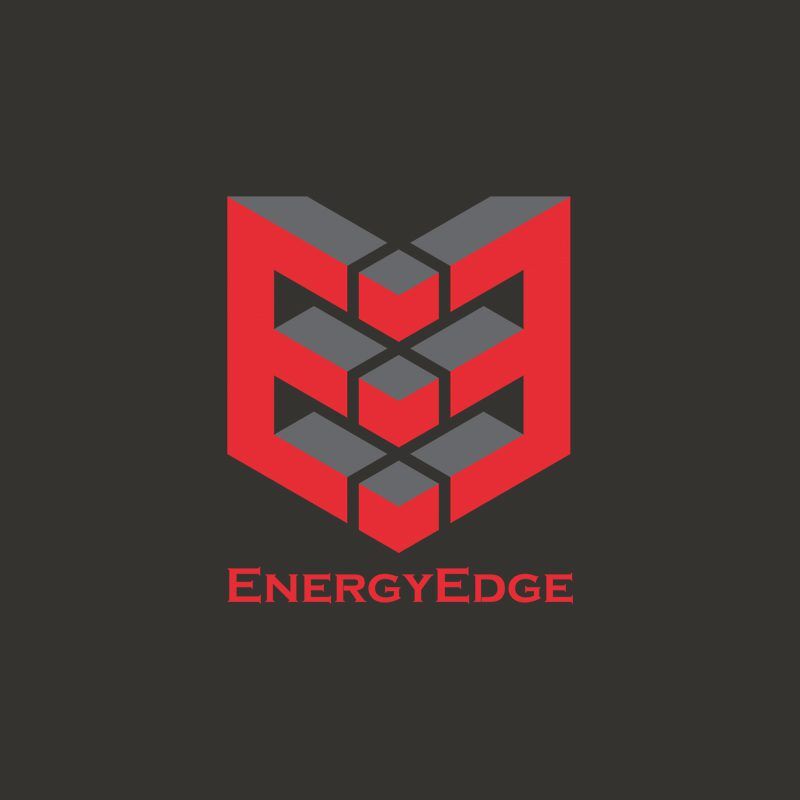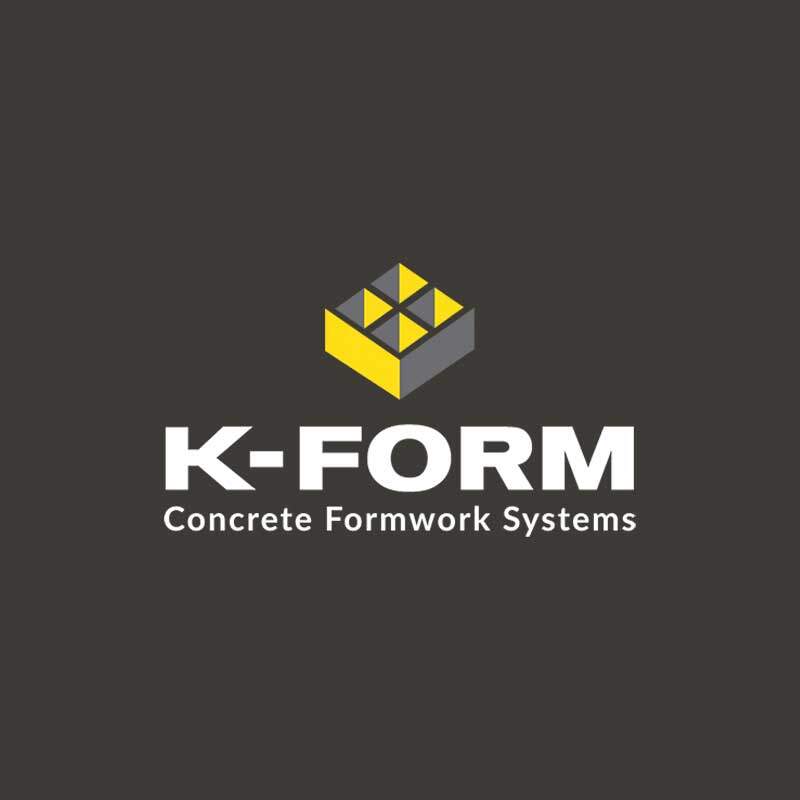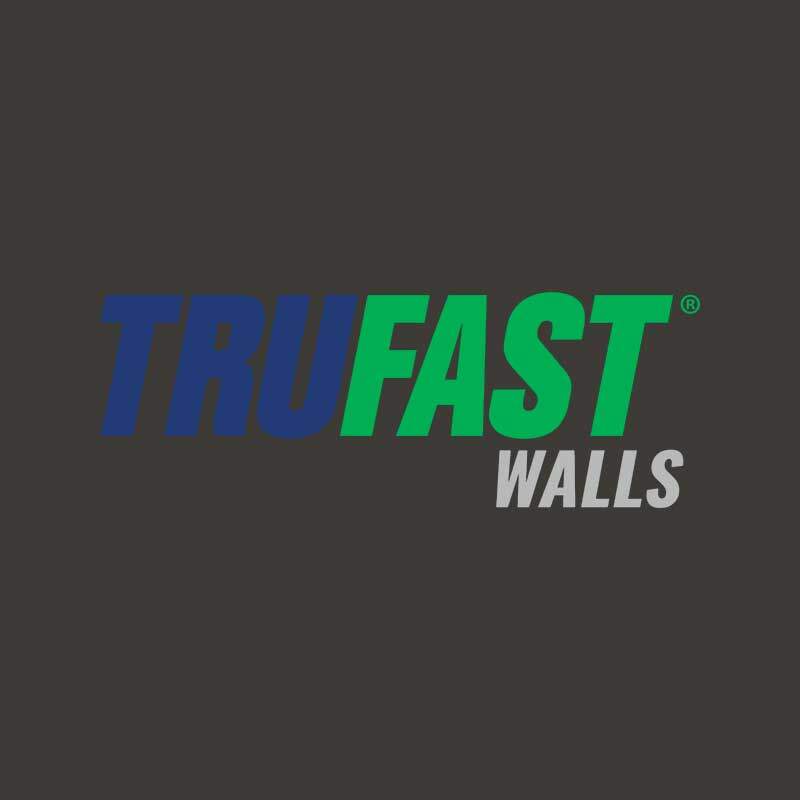Rainscreen Cladding Installation Methods
Let’s begin with the basic question, “What is a rainscreen cladding system?”
A Rainscreen cladding system is the attachment of a rainscreen panel over, most commonly, a layer of continuous insulation such as mineral wool, an air barrier, and sheathing that is externally fixed onto the core structure of the existing building. This creates a ventilated cavity between the façade itself and the existing building, forming a double-wall construction. This method is designed to keep moisture out while still allowing the building to breathe:
- The inner layer provides thermal insulation and prevents excessive air leakage. The insulation/air barrier/sheathing assembly, which is attached to the existing structure, provides an airtight barrier and thermal insulation to the building.
- In addition to the aesthetic value, the outer layer rainscreen panels act as a barrier against driving rain, ice, snow, and strong winds, preventing moisture from leeching through the exterior walls of the building.
Types of Rainscreen Cladding Installation Methods
There are three types of rainscreen panel installation methods available for composite stone rainscreen panels: Face fix, Adhesive Secret Fix, and Mechanical Secret Fix:
Face Fix
This is the most common method used throughout the US. Fastener holes can be predrilled in the factory as well as color-matched screws available.
Adhesive Secret Fix
Popular across Europe but relatively unknown throughout the US, the Adhesive Secret Fix offers the same look as Mechanical Secret Fix but without the drilling and extensive preparation. This method saves time and is more cost-effective.
Mechanical Secret Fix
Only available on certain thicknesses, the Mechanical Secret Fix can achieve a seamless overall look. It is the most expensive installation method and requires a very specific installation.
Have additional questions? Please contact us. We’re more than happy to help.











